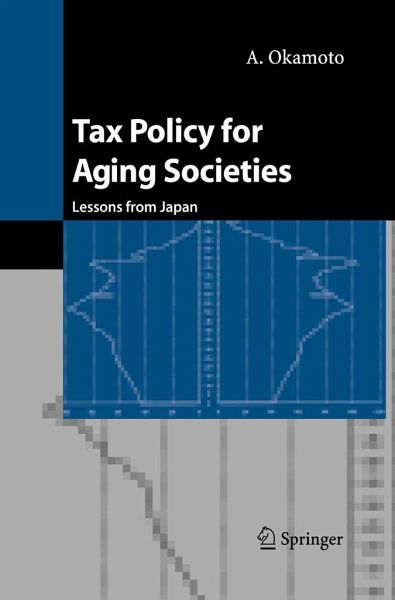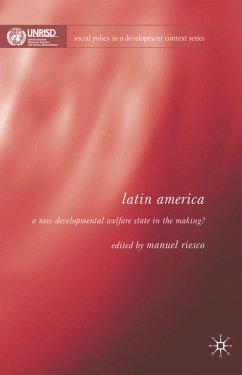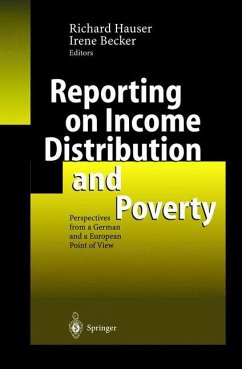
Tax Policy for Aging Societies
Lessons from Japan
Versandkostenfrei!
Versandfertig in über 4 Wochen
102,99 €
inkl. MwSt.
Weitere Ausgaben:

PAYBACK Punkte
51 °P sammeln!
With a population that is aging faster than any other in the world, Japan faces serious public finance problems, particularly when it comes to tax and social security issues. The structural reforms that are urgently needed to accommodate the impending demographic change are the central theme of this book, which is the first work of its type to look at the Japanese tax and social security systems through a life-cycle general equilibrium simulation model. The author aims to establish guidelines for fiscal reform in Japan's graying society and uses such advanced modeling techniques to permit the calculation of the effects of alternative tax policies on capital accumulation and economic welfare. The author also examines the impact of progressive expenditure taxation, coming to the novel conclusion that this form of taxation may hold the key to overcoming the large welfare loss Japan faces as its society ages under the current tax system.
The Japanese population is aging faster than any other in the world. The per centage of Japan's population aged 65 and above was only 7.1% in 1970,but just 30 years later, in 2000, it reached 17.2%. A declining birth rate and a rising average life expectancy will continue to push this trend further. This situation is causing serious problems for Japanese society.Structural reforms, especially tax and social security reforms, to accommodate this drastic demographic change have become an urgent policy issue. The purpose of this book is to establish guidelines for tax and social security reforms in Japan in terms that are both efficient and equitable. In this study, an extended life-cycle general equilibrium model is employed to rigorously take account of the rapidly aging Japanese population. The simulation approach adopted in our analysis permits us to calculate the effects of alternative policy packages on capital accumulation and economic welfare. This enables us to make proposals for concrete economic policies.














